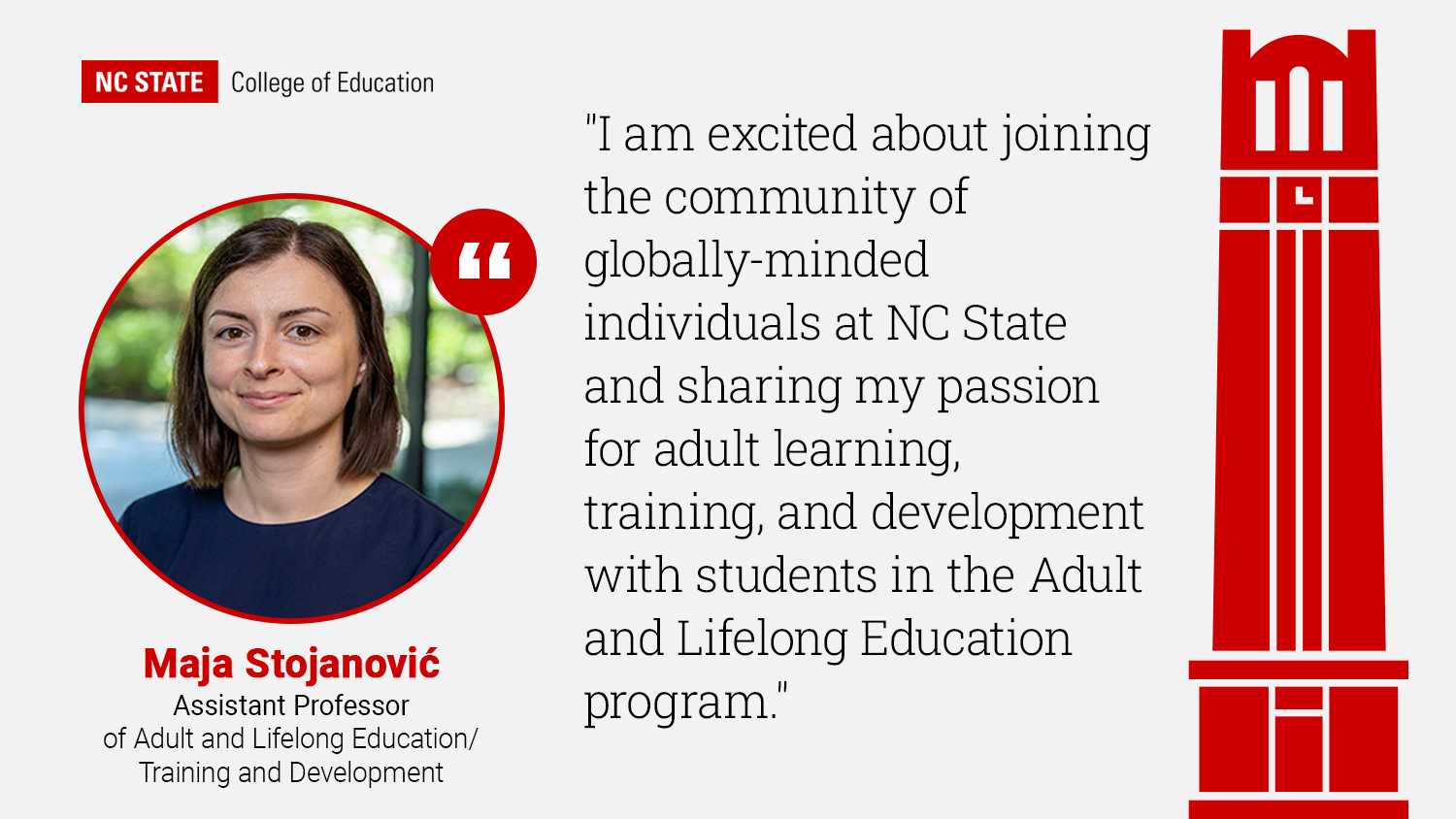Ask the Expert: How Can Teachers Use Technology in the Classroom? As a Tool to Enhance Instruction and Motivate Students, Says Professor Karen Hollebrands

This is part of the monthly “Ask the Expert” series in which NC State College of Education faculty answer some of the most commonly asked questions about education.
Technology can be an important classroom tool to enhance instruction and motivate students, but educators must make sure they are using it appropriately to gain maximum benefit, according to NC State College of Education Alumni Distinguished Undergraduate Professor Karen Hollebrands, Ph.D.

Hollebrands, who studies how to prepare teachers to use technology to teach mathematics and the ways in which students use technology to learn mathematics, says educators have multiple options for integrating technology into the classroom.
It can be used to convey information, like using a smartboard to display notes, or to complete student assessments. There are also a variety of tools available for teachers to turn to for specific lessons in a range of mathematics subjects.
“There are a number of technology tools that are available today that allow students to interact with mathematical objects like graphs, algebraic symbols, geometric objects and statistical displays,” she said. “These are often used so that students can have first-hand experiences with those different mathematical representations.”
Hollebrands said she has seen that technology-enhanced instruction that incorporates visual elements can often help students better understand abstract mathematical concepts.
Tools like Geometer’s Sketchpad can help students visualize geometric shapes in a way that is not possible on paper while tools like CODAP can help teachers create a visual display to conduct statistical analyses of data. Desmos can be used as a tool for algebra and graphing while Dynagraph — a tool within Geometer’s Sketchpad — gives students the opportunity to consider functions in a unique way.
[spotlight-box label=”” img=”” heading=”Digital Tools for Teaching Mathematics in the Classroom” cta=”” url=””]
Karen Hollebrands, Ph.D., suggests some of the following digital tools for educators to use while teaching mathematics to help students better understand abstract concepts:
- The Geometer’s Sketchpad can help students visualize geometric shapes
- CODAP helps educators create visual displays with statistical data
- Desmos is a tool used for algebra and graphing[/spotlight-box]
In addition to facilitating greater understanding, Hollebrands said that, in her experience, she has seen these tools help students work through problems at their own pace and receive more personalized learning experiences.
“Technology, when used appropriately, can be a motivator for students. When they’re using technology, students can investigate and explore and try to better understand what’s going on in regard to mathematics because they have the tools to help support that exploration,” she said.
Before selecting a technological tool to use during a lesson, Hollebrands said that teachers must make sure the tool is able to represent mathematical ideas in appropriate and accurate ways and that it is aligned with the goal of the lesson. For example, teachers might select one tool for a lesson with a goal of helping students develop conceptual understanding and a different tool to help students develop procedural fluency.
The NC State College of Education is making sure that future teachers are prepared with the knowledge of when and how to use different technological tools through courses like Teaching Mathematics with Technology. The course gives pre-service teachers the opportunity to utilize different technologies for their own learning, reflect on that experience from the perspective of a teacher and consider how the tool might be used in their future classroom.
In addition, the college’s Friday Institute for Educational Innovation offers a massive open online course for educators (MOOC-Ed) in Teaching Mathematics with Technology, which provides in-service teachers around the world with access to free technological tools and a variety of activities they can use with their students.
“The research that we’ve conducted has shown that the use of technology, particularly with pre-service teachers, provides opportunities to deepen their understanding of the mathematical ideas that they’re learning because they’re challenged to think about the ideas in different ways through the technology,” Hollebrands said.
Video created by Ryan Clancy
- Categories:


